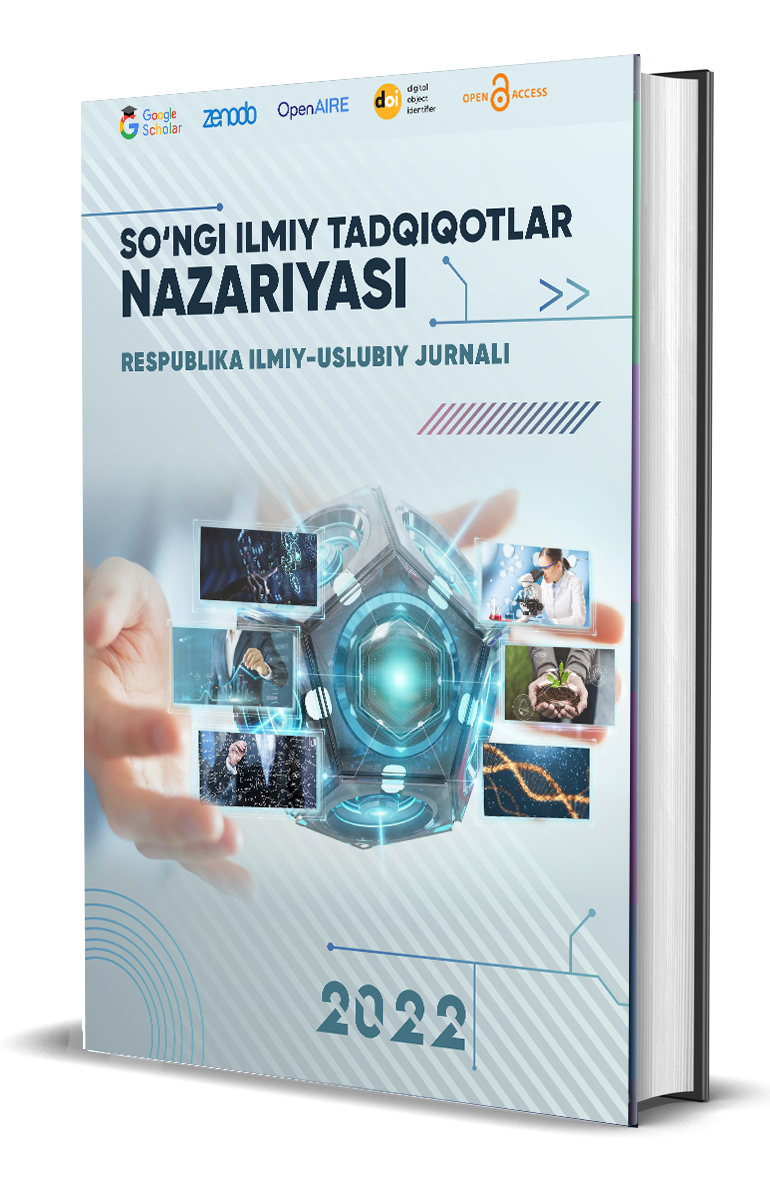ANALYSIS OF THE CONCEPT OF THE TEXT IN THE LINGUOCULTURAL ASPECT
Keywords:
Language and culture, Textual communication, Cultural context, Social norms, Linguistic structures, Intercultural textual analysis, Cross-cultural communicationAbstract
The concept of the text holds linguistic and cultural significance, as it serves as a fundamental unit of communication. This article aims to explore the analysis of the text from a linguocultural perspective. By examining the interplay between language and culture in textual communication, we can unravel the mechanisms that underpin the creation and interpretation of texts. This study delves into the role of cultural context, social norms, and linguistic structures in shaping textual meaning, ultimately enhancing our understanding of the fusion between language and culture in text analysis.
References
Blommaert, J. (2005). Discourse: A Critical Introduction. Cambridge University Press.
Brown, P., & Levinson, S. C. (1987). Politeness: Some Universals in Language Usage. Cambridge University Press.
Gumperz, J. J. (1982). Discourse Strategies. Cambridge University Press.
Hall, E. T. (1976). Beyond Culture. Anchor Books.
Hofstede, G. (2001). Culture's Consequences: Comparing Values, Behaviors, Institutions, and Organizations Across Nations. Sage Publications.
Holmes, J. (2013). An Introduction to Sociolinguistics. Routledge.
Kramsch, C. (1998). Language and Culture. Oxford University Press.
Pennycook, A. (2007). Global Englishes and Transcultural Flows. Routledge.
Scollon, R., & Scollon, S. W. (1995). Intercultural Communication: A Discourse Approach. Wiley-Blackwell.
Wierzbicka, A. (1991). Cross-cultural Pragmatics: The Semantics of Human Interaction. Mouton de Gruyter.












